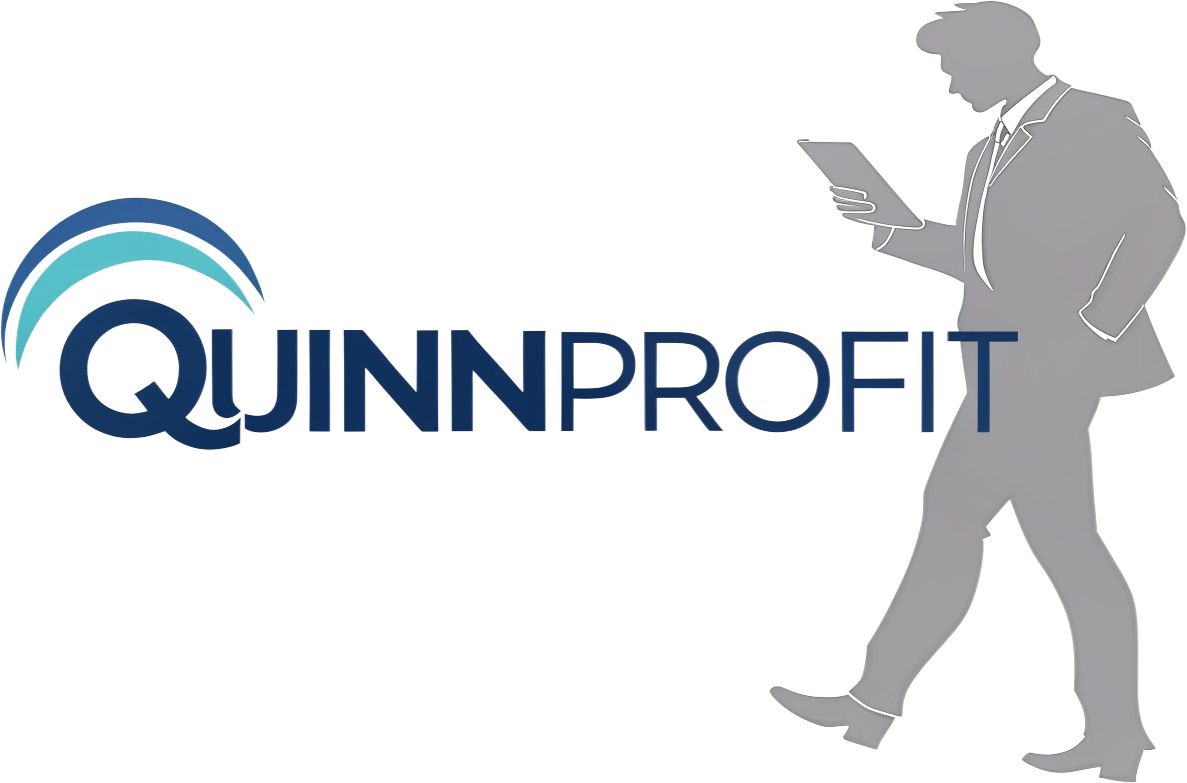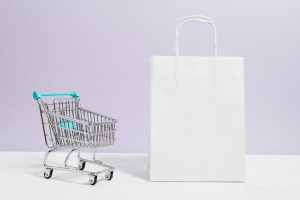In today’s dynamic business environment, sales teams are under more pressure than ever to deliver results — faster, smarter, and more consistently. With buyers demanding more value and personalization throughout the sales journey, organizations must rethink how they equip their teams for success.
This is where Sales Enablement comes in — a strategic approach that aligns people, processes, and technology to empower sales teams with the right tools, content, and insights to close more deals.
In this blog, we’ll break down the evolving trends, proven tactics, and practical tips to help you unleash the true power of sales enablement.
What is Sales Enablement?
Sales enablement is more than training or content management. It’s a comprehensive system that delivers the right information, at the right time, in the right format — to help salespeople effectively engage prospects and customers throughout the buying cycle.
Core components include:
-
Centralized content libraries
-
Training and onboarding tools
-
CRM and automation platforms
-
Analytics and performance dashboards
-
Cross-team collaboration (Sales + Marketing alignment)
When executed well, sales enablement improves:
-
Sales productivity
-
Lead conversion rates
-
Forecast accuracy
-
Customer satisfaction and retention
Top Trends in Sales Enablement (2025 and Beyond)
1. AI-Powered Selling
Artificial intelligence is now a foundational element in sales enablement. From lead scoring to automated coaching and personalized outreach, AI enhances decision-making and speeds up the sales process.
Example: Tools like Gong, Clari, and Salesforce Einstein analyze call recordings, identify objections, and offer real-time recommendations.
2. Sales and Marketing Alignment
Sales enablement platforms are bridging the gap between sales and marketing by ensuring that messaging, assets, and goals are synchronized.
Teams that are aligned on enablement content and campaigns see up to 67% higher deal closure rates.
3. Microlearning and Just-in-Time Training
Forget week-long onboarding sessions. Reps now benefit from bite-sized, contextual learning modules that appear in CRM workflows, emails, or sales calls.
4. Data-Driven Coaching
Modern enablement uses analytics to assess rep performance, pinpoint skill gaps, and deliver personalized coaching.
Metrics like time spent selling, win rates by persona, and objection handling success help managers coach more effectively.
5. Personalized Sales Content
Enablement platforms now generate or recommend dynamic, personalized content based on buyer behavior and industry, dramatically improving engagement.
Tactics to Elevate Your Sales Enablement Strategy
1. Centralize and Curate Sales Content
Create a single source of truth where reps can easily find relevant decks, case studies, battlecards, and email templates.
Tip: Use tags, filters, and AI search to surface content based on deal stage or persona.
2. Equip Reps with Buyer Insights
Arm your sales team with real-time insights about buyer behavior, interests, and challenges so they can tailor every conversation.
Tip: Integrate your CRM with analytics tools to surface meaningful engagement data (e.g., which content was viewed and for how long).
3. Embed Enablement in CRM Workflows
Reps live in the CRM. Bring enablement to where they work by embedding training snippets, objection responses, and content links directly into lead records.
4. Measure What Matters
Track and report on:
-
Content usage vs. effectiveness
-
Training completion vs. performance improvement
-
Sales cycle length by segment
-
Rep engagement with enablement tools
Tip: Use these insights to refine your enablement strategy over time.
5. Create Role-Specific Playbooks
Not all reps are alike. Customize sales playbooks for different roles (e.g., SDRs vs. AEs) with focused messaging, qualification criteria, and objection handling strategies.
Tips for Getting Started (or Scaling Up)
-
Start with Your Sales Process: Map out your buyer journey and align enablement content to each stage.
-
Involve Reps in Content Creation: Your sales team knows what works — invite their input to make your content truly useful.
-
Focus on Adoption, Not Just Tools: Technology only works if reps use it. Offer training, incentives, and in-context guidance to boost adoption.
-
Pilot and Iterate: Start small, test what works, gather feedback, and refine continuously.
-
Celebrate Wins: Recognize reps who successfully use enablement tools — it drives engagement and sets examples.
The Future is Enabled
Sales enablement is no longer a “nice-to-have.” It’s a business-critical function that fuels growth, empowers teams, and creates exceptional buying experiences. As B2B and B2C customers alike demand more tailored, informed interactions, sales enablement will play a central role in differentiating your brand and winning more deals.
Whether you’re just starting your enablement journey or optimizing an established program, the key is to stay agile, data-driven, and rep-focused.
Unleash the full power of sales enablement — and watch your revenue engine thrive.




